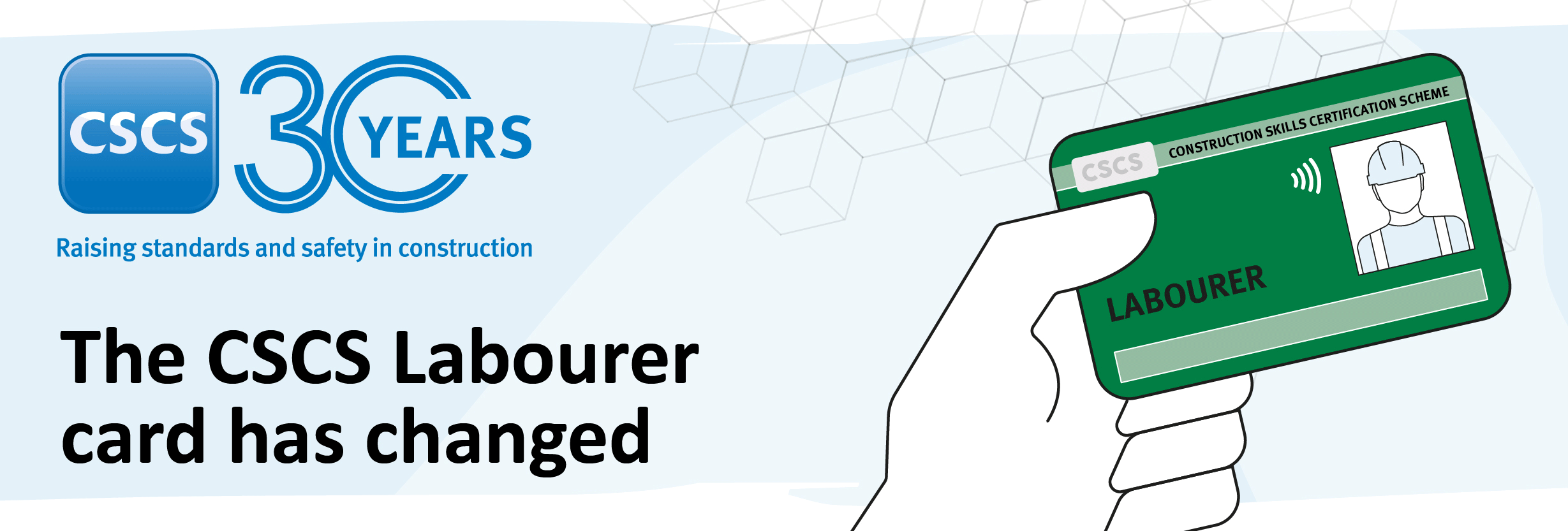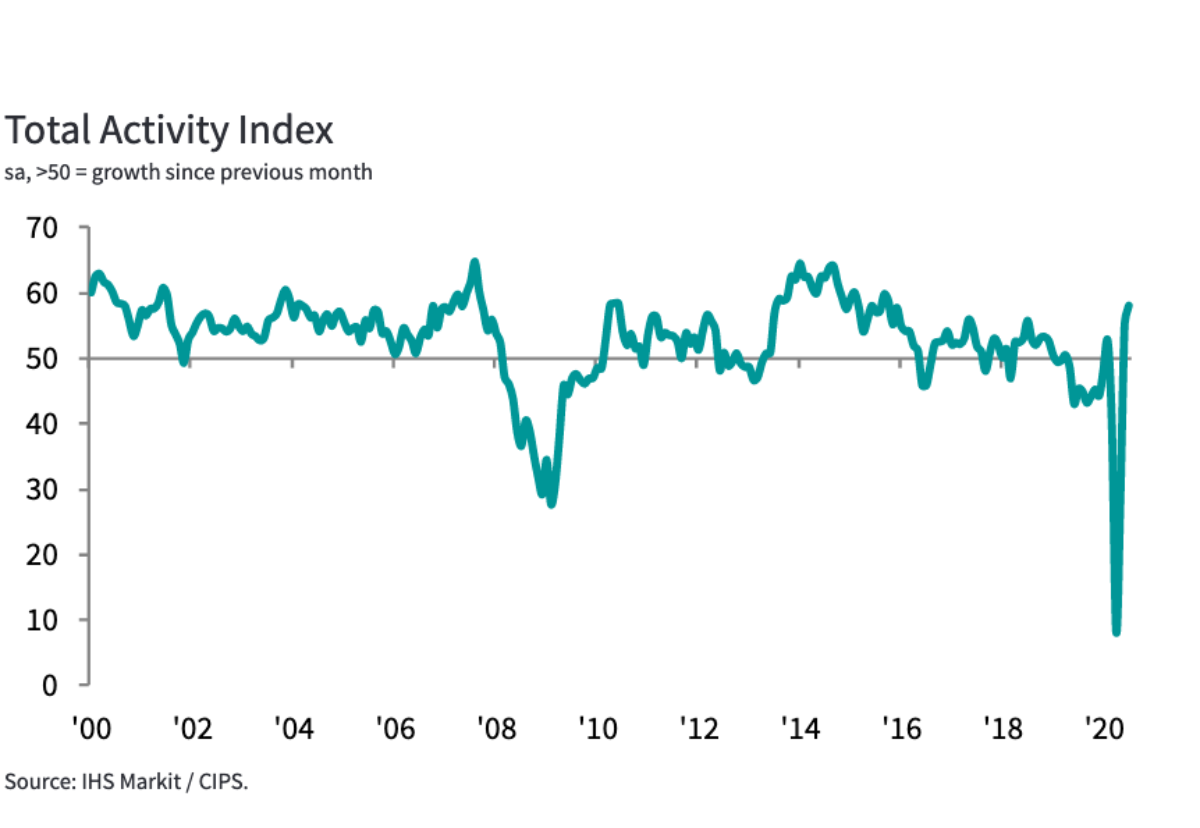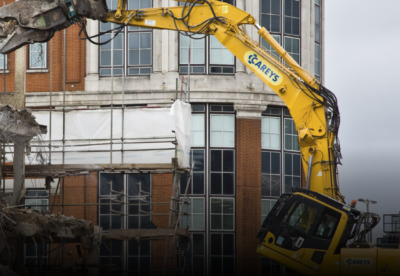The bellwether IHS Markit/CIPS UK Construction Total Activity Index hit 58.1 in July – up from 55.3 in June.
Any figure above 50 represents a rise in output and the latest reading signalled the steepest expansion of overall construction work since October 2015.
But the uptick was not enough to save thousands of jobs with the rate of industry job shedding faster than in June as a thrid of companies made redundancies.
Residential building was the main growth driver in July with activity increasing to the greatest extent since September 2014.
Commercial work and civil engineering activity both expanded at slightly quicker rates than in June.
Construction firms are optimistic overall about the prospect of a recovery in business activity during the next 12 months.
Around 43% of the survey panel expect a rise in output over this period, while only 30% forecast a fall.
Tim Moore, Economics Director at IHS Markit, said:“Construction companies took another stride along the path to recovery in July.
“Survey respondents noted a boost to sales from easing lockdown measures across the UK economy and reduced anxiety about starting new projects.
“However, new work was still relatively thin on the ground, especially outside of residential work, with order book growth much weaker than the rebound in construction output volumes.
“Concerns about the pipeline of new work across the construction sector and intense pressure on margins go a long way to explain the sharp and accelerated fall in employment numbers reported during July.
“This shortfall of demand was mirrored by the fastest rise in sub-contractor availability since November 2010 and another decline in hourly rates charged.”
Duncan Brock, Group Director at the Chartered Institute of Procurement & Supply: “Though builders were slightly less optimistic about prospects for the year ahead compared to the previous month, recovering lost ground gives hope that the damage caused by the pandemic may be less entrenched if recovery continues along this robust path.
“However, with another sharp fall in staffing levels, the number of redundancies increasing and competition for raw materials resulting in higher costs, holes are already starting to appear just as the sector regains its strength.
After a summer of this blistering return to growth, building companies should prepare for a chilly autumn as furlough schemes come to an end and the real strength of the UK economy is revealed.
“Making up for lost time is one thing, but sustainable real growth is what the sector needs otherwise this recovery is just building on soft sand.”










 (300 x 250 px).jpg)











































.gif)
